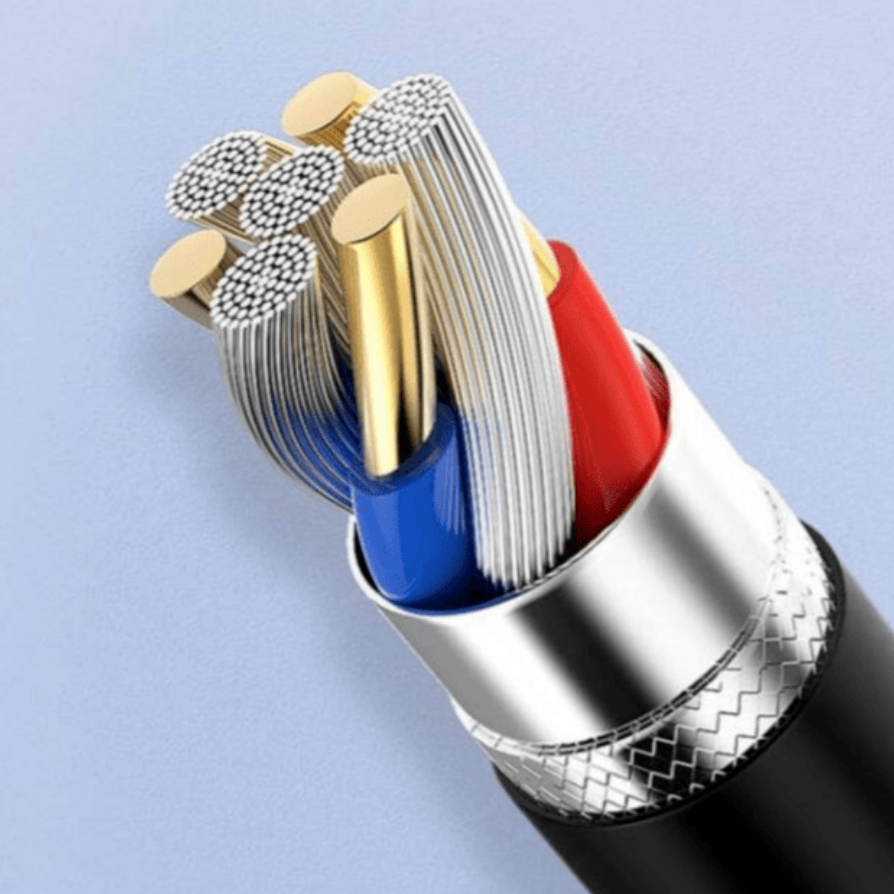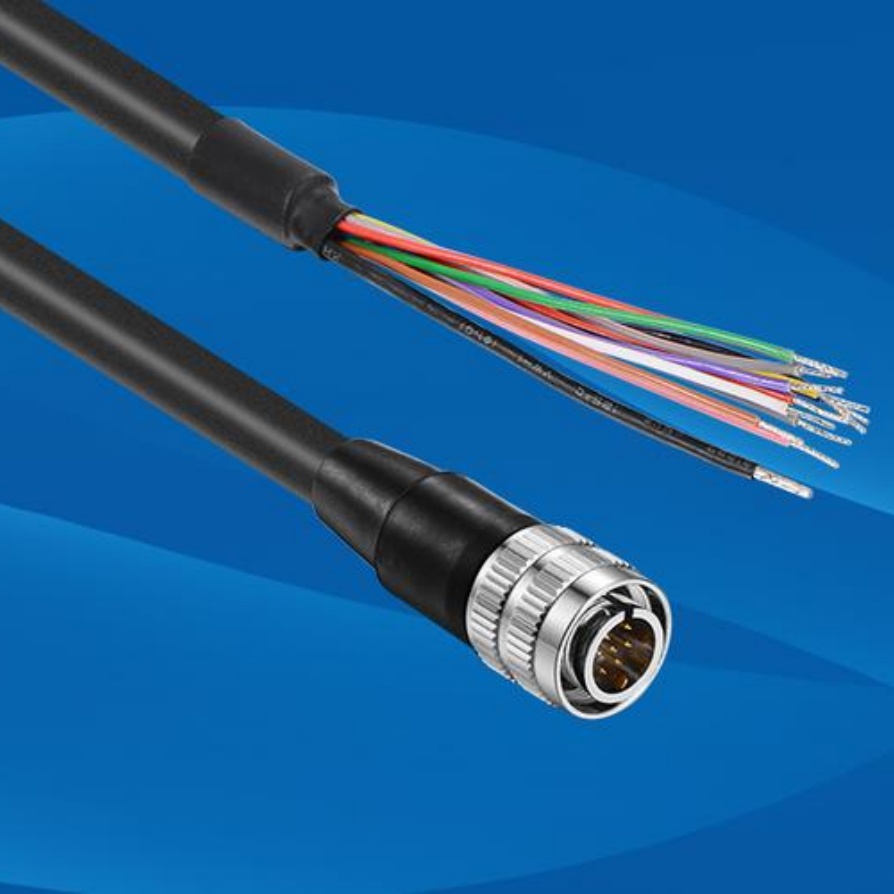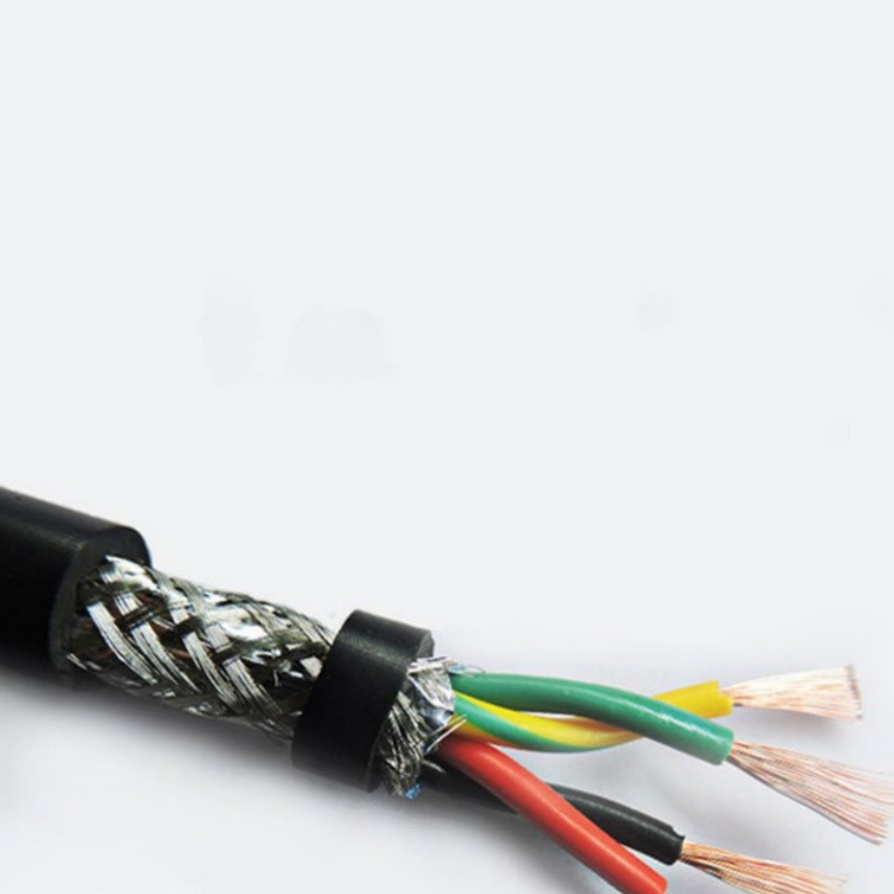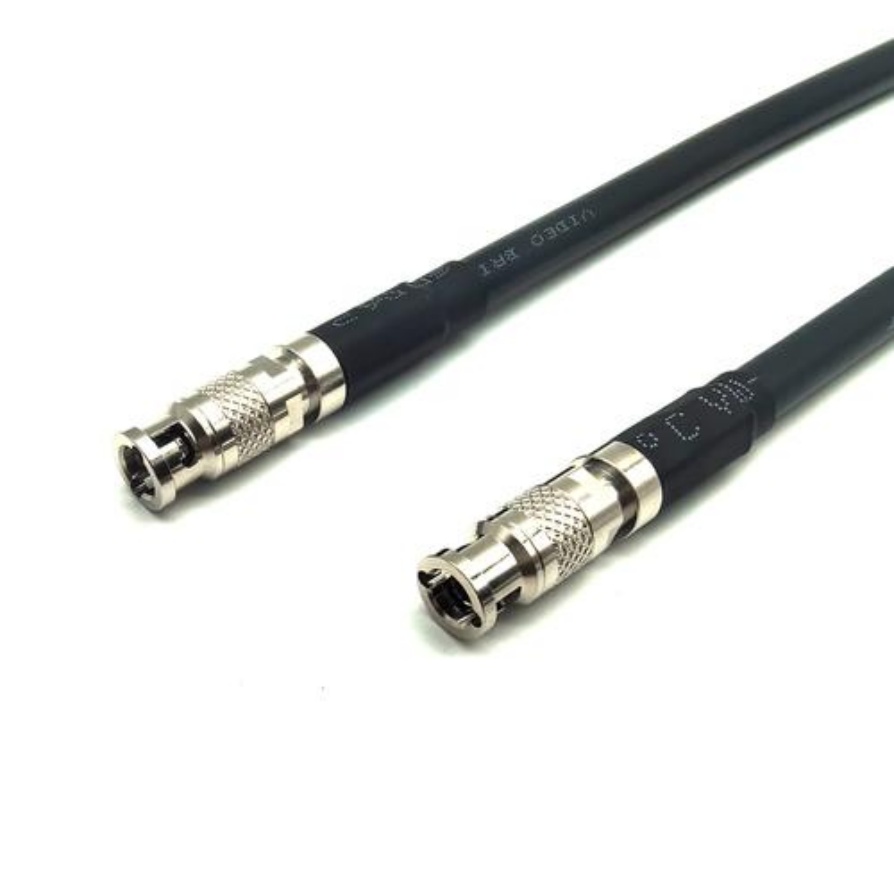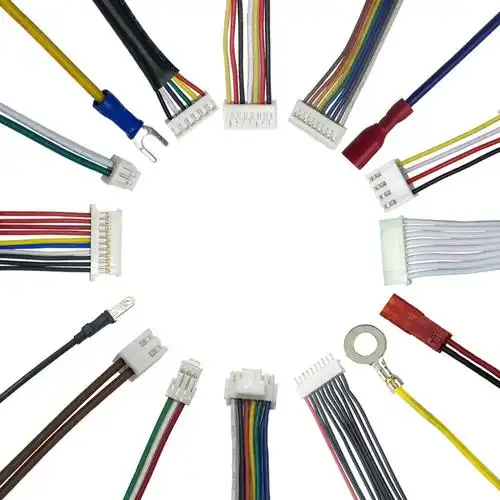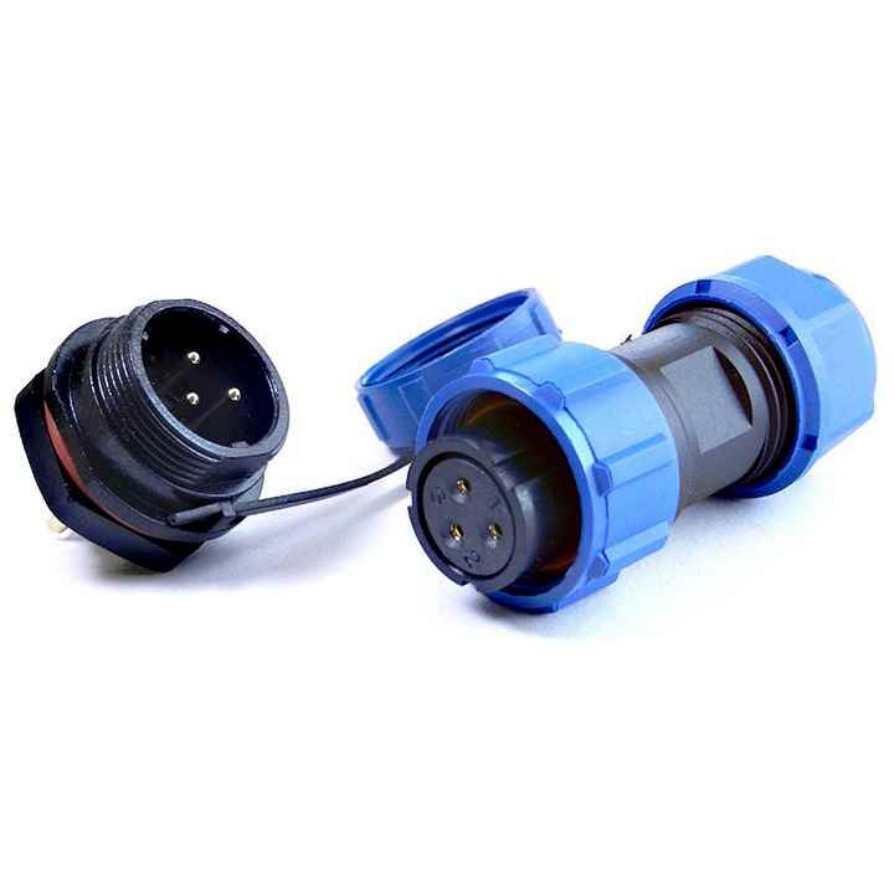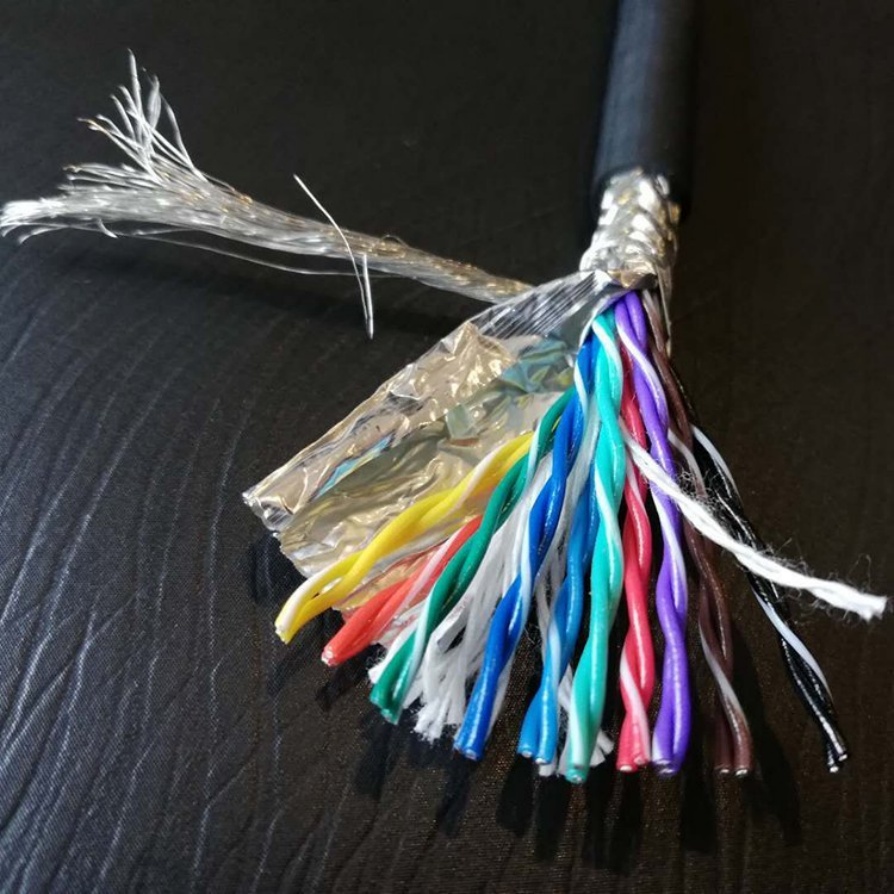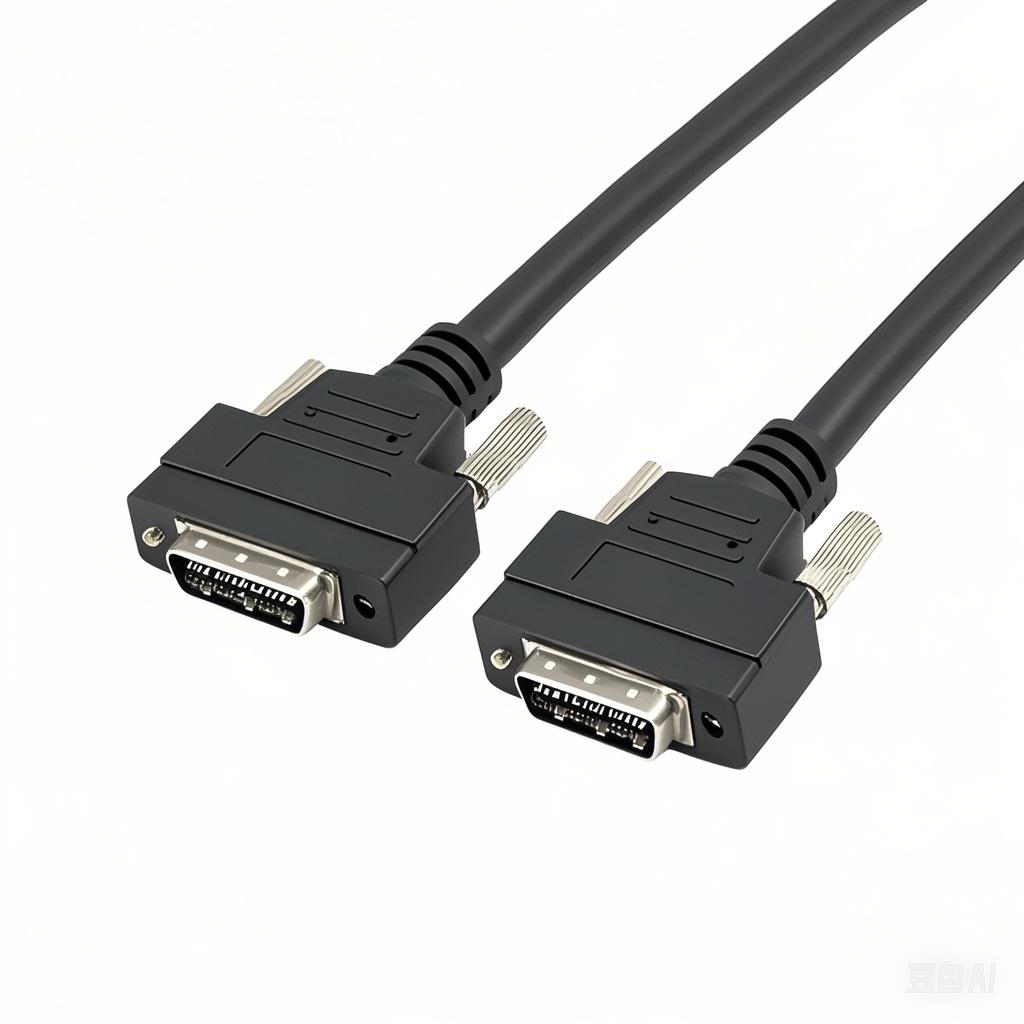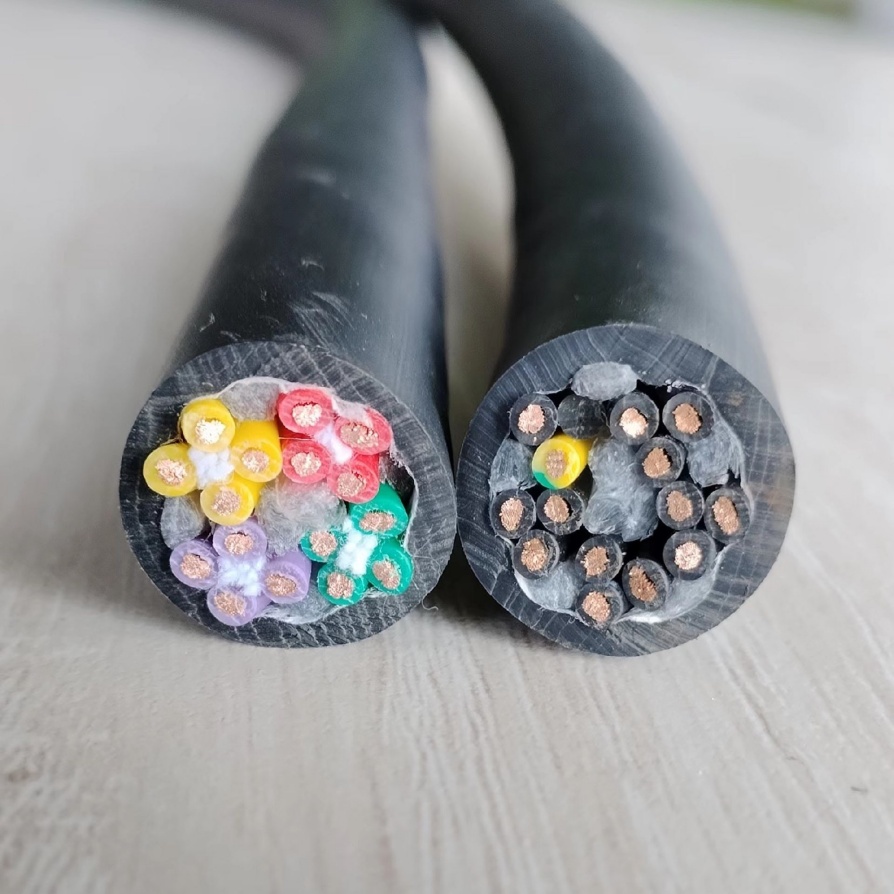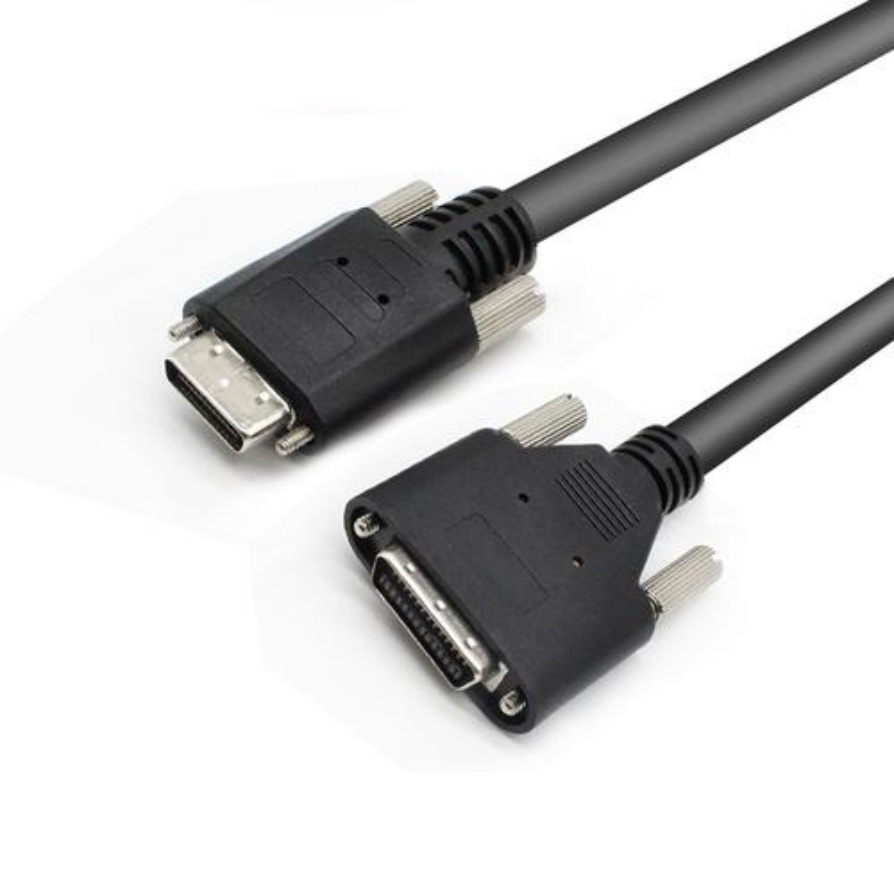High-Precision Imaging Cables: Key Applications Across Critical Indus...
High-precision imaging cables serve as the “nerve pathways” for advanced imaging systems, transmitting high-resolution visual data and control signals with minimal interference, signal loss, or distortion. Unlike standard cables, their design—featuring shielded conductors, low-capacitance materials, and ruggedized structures—enables them to perform reliably in demanding environments, making them indispensable across sectors where image accuracy directly impacts safety, efficiency, and decision-making. Below is a detailed breakdown of their core industry applications, highlighting practical use cases and value.
1. Medical and Healthcare Industry
The healthcare sector relies heavily on high-precision imaging cables to support life-saving diagnostics and treatments. These cables are critical for maintaining the clarity of medical images, where even minor signal degradation could lead to misdiagnosis.
- Diagnostic Imaging Equipment: They connect devices like MRI (Magnetic Resonance Imaging) scanners, CT (Computed Tomography) machines, and ultrasound systems to display monitors and data storage units. For example, in ultrasound, the cable must transmit real-time, high-frame-rate images from the probe to the console without interference, ensuring doctors can detect subtle tissue abnormalities.
- Minimally Invasive Surgery: Endoscopes and laparoscopes use these cables to send high-definition (HD) or 4K video feeds from inside the patient’s body to external displays. The cables’ flexibility and shielding also prevent electromagnetic interference (EMI) from surgical tools, keeping images stable during procedures.
2. Oil and Gas Exploration
In oil and gas operations—especially offshore drilling or deep-well exploration—high-precision imaging cables operate in extreme conditions: high pressure, extreme temperatures (-40°C to 150°C), and exposure to corrosive fluids. Their role is to enable real-time subsurface imaging for safety and efficiency.
- Downhole Imaging Tools: Cables connect logging-while-drilling (LWD) or wireline tools to surface control systems, transmitting images of wellbore walls. This helps engineers assess rock formations, detect cracks, or confirm casing integrity, reducing the risk of well leaks or equipment failures.
- Subsea Inspection: ROVs (Remotely Operated Vehicles) use these cables to send HD video from the ocean floor to surface vessels. The cables’ rugged jackets resist saltwater corrosion, while their signal stability ensures operators can inspect pipelines or wellheads with precision.
3. Industrial Non-Destructive Testing (NDT)
Manufacturing and heavy industries (e.g., automotive, aerospace, construction) use high-precision imaging cables for NDT—testing materials or components without damaging them. The cables ensure defects like cracks, weld flaws, or internal corrosion are detected early.
- X-Ray and Thermal Imaging: In automotive production, cables link X-ray machines to displays to inspect engine parts for hidden defects. In power plants, thermal imaging cameras use these cables to transmit heat-map data of turbines, helping technicians identify overheating components before breakdowns.
- Robotic Inspection: Automated robots in factories use high-precision cables to send real-time images of assembly lines. The cables’ low signal latency ensures robots can adjust their movements instantly, maintaining production accuracy.
4. Security and Surveillance
Modern security systems—especially in high-risk areas like airports, ports, or critical infrastructure—depend on high-precision imaging cables to deliver clear, uninterrupted video feeds.
- High-Resolution and Low-Light Cameras: Airports use 4K security cameras connected by these cables to monitor crowds and detect suspicious items. In low-light environments (e.g., nighttime city surveillance), the cables transmit noise-free images, ensuring details like license plates or facial features remain visible.
- Harsh-Environment Surveillance: Cables for outdoor or industrial security cameras are weatherproof and EMI-shielded. For example, in chemical plants, they resist chemical exposure while transmitting images to control rooms, enabling 24/7 monitoring of hazardous areas.
5. Aerospace and Defense
The aerospace and defense sectors demand cables that meet strict military or aviation standards (e.g., MIL-STD, DO-160), as they support imaging systems in extreme conditions—from high-altitude flights to combat zones.
- Aircraft Maintenance: Technicians use borescopes (tiny cameras) with high-precision cables to inspect jet engine interiors. The cables transmit HD images of turbine blades, helping identify wear or damage without disassembling the engine.
- Military Reconnaissance: Drones and surveillance satellites use these cables to send high-resolution imagery to ground stations. The cables’ resistance to vibration, radiation, and temperature fluctuations ensures data integrity even in combat or space environments.
Choose FRS: Your Trusted Partner for High-Precision Imaging Cables
When precision, durability, and reliability matter, FRS’s high-precision imaging cables stand out. As a dedicated manufacturing facility, we tailor our cables to the unique needs of each industry—whether it’s medical-grade shielding for healthcare, corrosion-resistant jackets for oil and gas, or MIL-STD compliance for aerospace. Our rigorous testing processes (including EMI resistance, temperature cycling, and pressure tolerance) ensure every cable delivers consistent performance in the harshest conditions. For businesses seeking to enhance imaging system accuracy and reduce downtime, FRS is your one-stop solution for high-quality, industry-ready cables.


